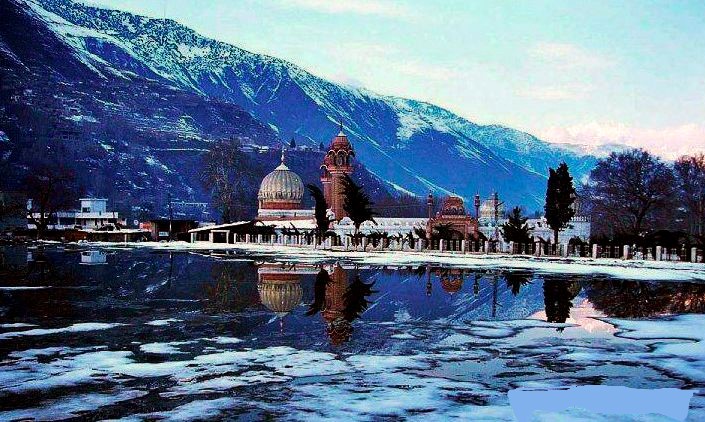The culture of the Kalash people is unique and differs in many ways from the many contemporary Islamic ethnic groups surrounding them in northwestern part of Pakistan. They are polytheists and nature plays a highly significant and spiritual role in their daily life. As part of their religious tradition, sacrifices are offered and festivals are held to show gratitude for the abundant resources of the three valleys. Kalasha Desh (the three Kalash valleys) is made up of two distinct cultural areas, the valleys of Rumbur and Bumburet forming one, and Birir valley the other; Birir valley being the more traditional of the two.
Kalash mythology and folklore has been compared to that of ancient Greece, but they are much closer to Indo-Iranian (pre-Zoroastrian–Vedic) traditions. The Kalash have fascinated anthropologists due to their unique culture compared to the rest in that region.
The Kalasha language, also known as Kalasha-mun, is a member of the Dardic group of the Indo-Aryan languages. Its closest relative is the neighbouring Khowar language. Kalasha was formerly spoken over a larger area in south Chitral, but it is now mostly confined to the western side valleys having lost ground to Khowar.
There is some controversy over what defines the ethnic characteristics of the Kalash. Although quite numerous before the 20th century, the non-Muslim minority has seen its numbers dwindle over the past century. A leader of the Kalash, Saifulla Jan, has stated, “If any Kalash converts to Islam, they cannot live among us anymore. We keep our identity strong.” About three thousand have converted to Islam or are descendants of converts, yet still live nearby in the Kalash villages and maintain their language and many aspects of their ancient culture. Now they have many more converts to Islam, including around half of the total Kalasha-speaking population. Kalasha women usually wear long black robes, often embroidered with cowrie shells. One of the many reasons they are known in Chitral as “The Black Kafirs“. Men have adopted the Pakistani Shalwar Kameez, while children wear small versions of adult clothing after the age of four.

